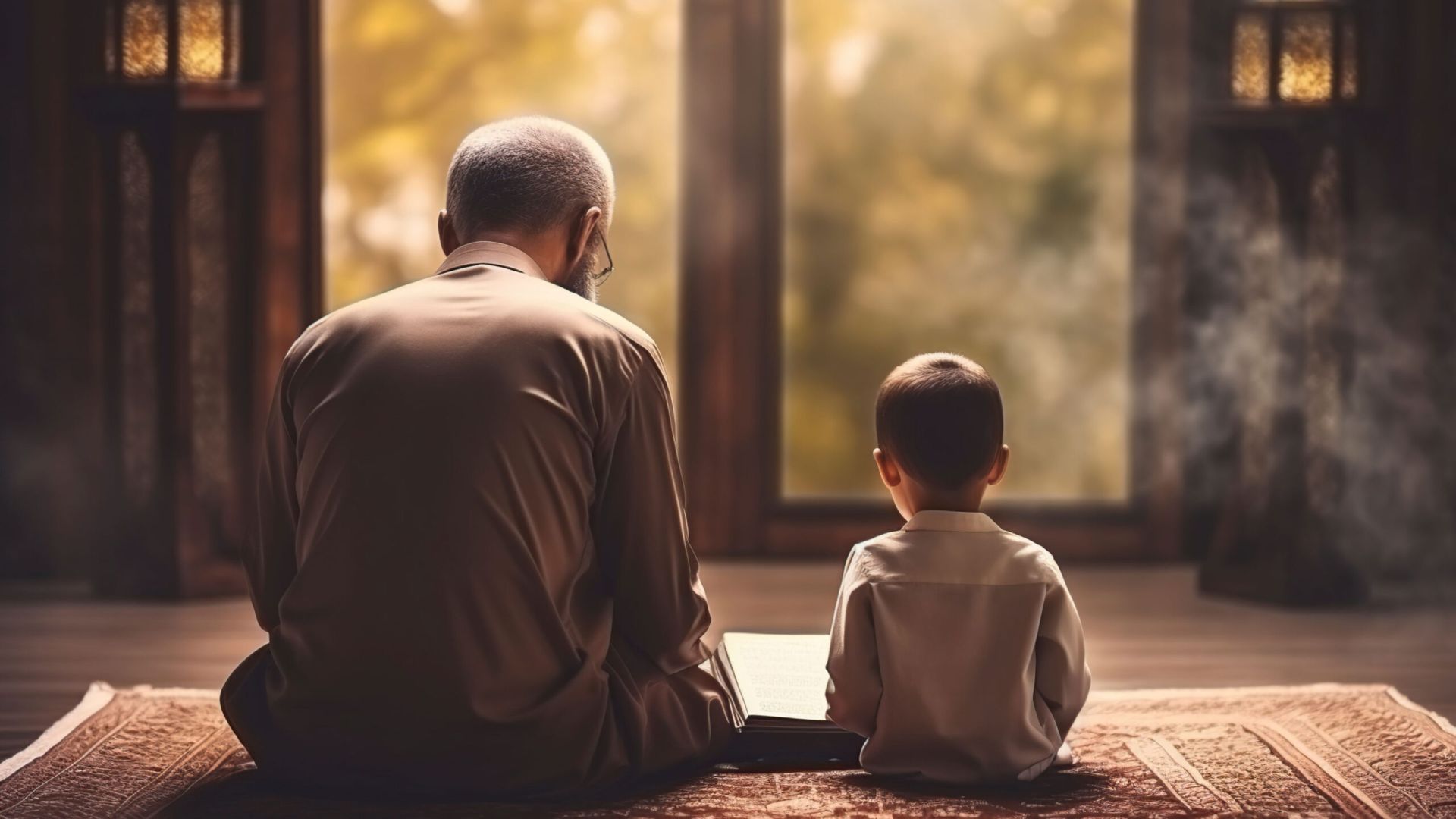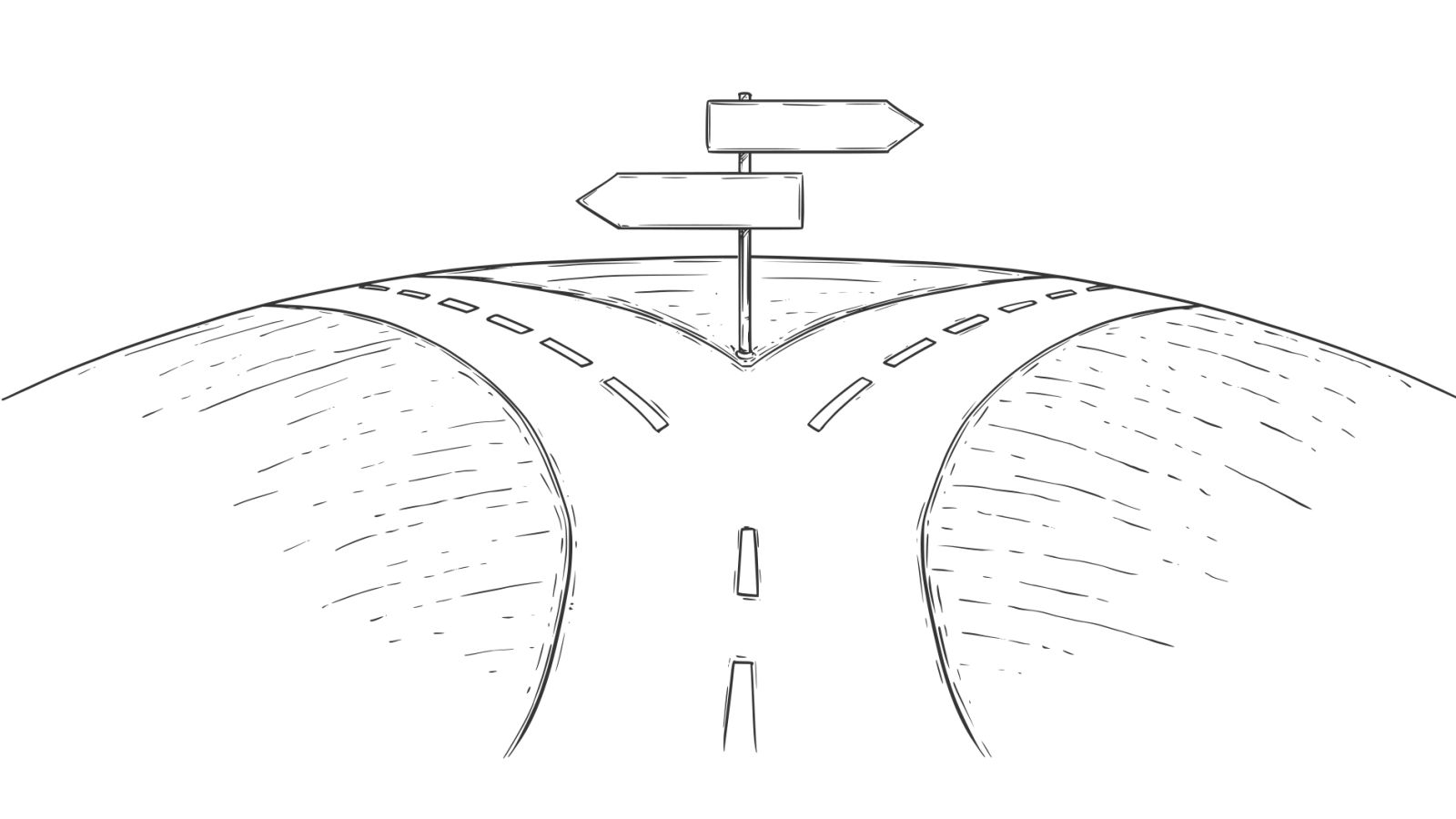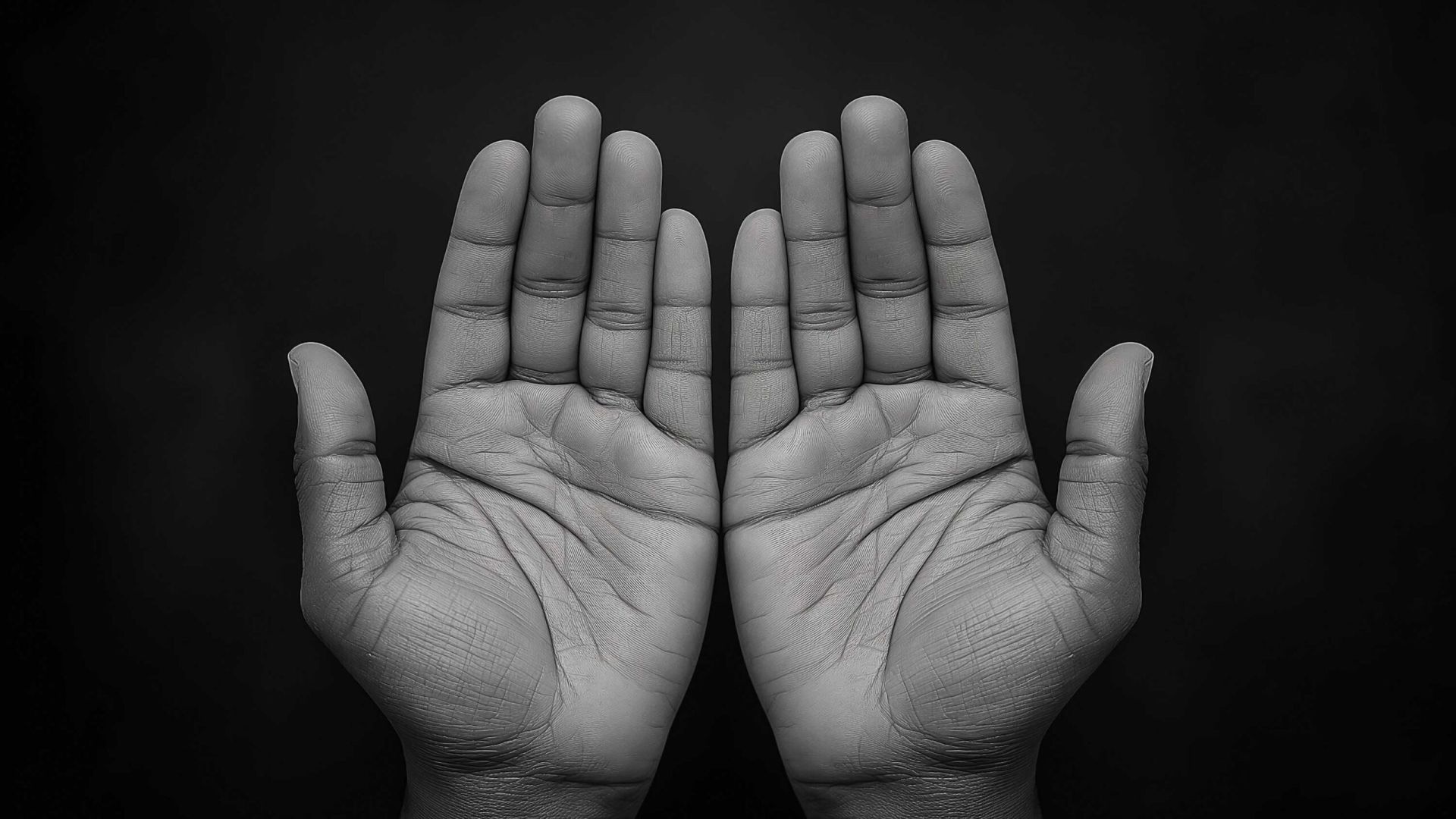Straightening the Rows: From the Perfection of Ṣalāh
Shaykh Mūsá Richardson


The obvious meaning of the prohibition: ‘do not leave gaps for the shayṭān’ is to not leave any space, or, to stand next to each other, connected.
The following addresses some of the conclusions reached in the book “Lā Jadeed fī Aḥkām as-Ṣalāt” of Shaykh Bakr Abū Zayd (may Allāh have Mercy on him): In the Name of Allāh, the Most Merciful… May His Ṣalāt and Salām be upon the Final Messenger…
1. The obvious meaning of the order: “fill the gaps” is to not leave any space between people when praying. When two people stand side by side and connect to each other – their shoulders and feet connect. If they were to move even closer; their hips, (sides of) knees, and (sides of) calves touch. (Try it) Oddly shaped people (obese or otherwise) may not be able.
2. The obvious meaning of the prohibition: “do not leave gaps for the shayṭān” is to not leave any space, or to stand next to each other: connected.
3. The obvious understanding of the Companions when addressed with this speech was to not leave any space, to the point that they joined their ankles, knees, and shoulders, as narrated explicitly by the likes of Anas and Nu’maan (may Allāh be pleased with them both).
4. Their understanding and application was witnessed by the Prophet (sallallahau ʿalayhi wa-sallam) who did not rebuke them for extremism or harshness. This is something called “taqrīr” and thus becomes legislation, and can be easily identified as the correct understanding.
5. It is possible to join knees when standing, so to claim that this is impossible and necessitates taʾwīl (leaving the obvious understanding) of the action of the Companions is false. (Again – try it) Of course, the whole knee is not intended (that would be impossible), rather it is a case of “itlāq al-kull wa iraadatul-ba’dh”. The intended meaning is the sides of the knees, as is obvious.
6. al-Khaṭṭābī’s words in al-Ma’aalam (1/184) “wa lā yahaak-ku bimankibihi mankiba saahibhi” do not in any way imply that one should leave spaces in the row. It means that they should not “grind” their shoulders together in a way that causes friction, and thus a distraction for one’s prayers. Joining shoulders does not necessitate any friction between them. Actually the ḥadīth, “The best of you are the softest (or easiest) with their shoulders in prayer.” is a proof that the shoulders are indeed supposed to be connected in the row, since how could a person be described as being “soft-shouldered” while he is not touching anything?!
7. Ibn Hajr’s words in Fat′h al-Bārī (2/211) are clear in conveying how important it is to not leave gaps. Nothing he said could be interpreted as an indication that we are to leave gaps. His reference to the actions of the Companions (joining their shoulders and feet) as a “mubaalaghah” does not in any way mean a negative mubaalaghah (extremism, excessiveness, etc.) Rather it is a praiseworthy mubaalaghah (devout fulfillment of an order), like in the ḥadīth “Baalighoo fil-istinshaaq…” (Sniff in a lot of water when performing wuḍūʿ…) Had they engaged in a blameworthy mubaalaghah, how could the Messenger of Allāh (ṣallallāhu ʿalayhi wa-sallam) remain silent about it?!
8. al-Bukhārī called the chapter he collected this ḥadīth in: “The chapter of joining the shoulders and feet together in the row”. This is the obvious meaning understood from the reports of the Companions actions, as mentioned.
9. Joining the feet and shoulders does not necessitate being “overly obsessed” with it, nor being distracted from one’s devotion to the prayer. People who claim this are often used to praying without anyone touching them, so a simple touch disturbs them.
10. Swaying in the prayer line has become common, both front to back swaying, and side to side. Joining the shoulders in the row is the prophetic solution for this modern-day innovation that comes from the Jews and their manner of prayer. This swaying is a kind of heedlessness that desperately needs a solution, as pointed out by the scholars, including Shaykh Bakr Abū Zayd (may Allāh have Mercy on him) himself in his book Tas-heeh ad-Duʿāʾ.
11. Joining the feet and shoulders does not mean hurting people. There are people who hurt the Muslims by literally “jamming” their ankle bone to their brother’s ankle bone and maybe even grinding it, perhaps excessively. This is a clear contraḍīction to the sense of ease and tranquility we are to establish in the prayer.
12. Many people are confused about how to line up for prayer. Some people draw a line and ask the people to put their toes on it. Others say we should put our heels on it. This is a practice that was not done in the time of the Prophet (ṣallallāhu ʿalayhi wa-sallam), one that has arisen as a solution to a problem that exists because we left the original guidance of the Messenger (ṣallallāhu ʿalayhi wa-sallam) and do not join our shoulders and ankles together in the row. A row with people’s ankles and shoulders connected is a straight and connected row and usually only needs a few minor adjustments before starting the prayer.
13. Anas’ statement about the manner of lining up that “If I would do this with any of them today, they would flee like wild mules!” proves that he was descriibng the actual physical joining of the feet and shoulders, not an allegorical one.
Two more benefits related to the topic:
1. Stand naturally, feet shoudler width apart.The distance between a person’s two shoulders is not something he can control or stretch out. Thus, the correct amount of space for a person to take in the row is what he needs to place his shoulder to his neighbor’s shoulder on both sides. Some people may stretch their feet wider thinking to be filling a gap, while in fact they are not! When a person widens his stance (wider than shoulder width), he will likely not connect his shoulder to anyone’s shoulder. So it can be known from this that a person should stand naturally, feet about shoulder-width apart. The idea of the shoulder being the most important thing to connect is indicated in the ḥadīth “Align yourselves by your shoulders and fill the gaps.”
2. Another harm from not implementing the Sunnah, and another invention to replace itPeople who wear things that limit their vision in prayer, like some styles of Arab headwear, like the shimaagh or ghutrah, and those who also insist on not connecting themselves to the row, may stand at or near the end of a row, and be left heedless that someone has left the row (to renew wuḍūʿ, etc.) and there is a need to move over. Since he can not see sideways because of the headwear, and his shoulder is not connected to the row, he may only notice when moving into rukūʿ that the row has actually abandoned him and he is off by himself on the side of the row totally disconnected! While the one who is connected knows of this issue because he can feel the absence of the one standing next to him. In fact, the people who demand that gaps be left in the row have invented a custom to help solve this issue: they actually tug on the clothes of a person to tell him he needs to move over, and they take it as a kind of duty to notify the one next him! This is an additional action in the prayer that is not necessary when people pray together in the way done by the Messenger of Allāh (ṣallallāhu ʿalayhi wa-sallam) and his companions.
And Allāh knows best.
Original Source: Rules makin (Saf) the rows
Most Popular: Last 30 Days

















